
Debating The Role of the Camera As We Explore Laos
When we cannot communicate with another person verbally, we use our eyes to tell a story.
If you venture into the bucolic, landlocked Southeast Asian nation of Laos, chances are you won’t know the language, save a few choice phrases such as Sabaidee (Hello), Kop Jai (Thank You) and Khoi Huk Jao (I Love You—not common, but useful in any language!).
Telling stories using a medium such as photography may offer people an opportunity to communicate despite the barriers of written or verbal language. But perhaps it’s time for a healthy discussion regarding photography and the role it plays in our modern world, where nearly every traveler you see has a massive DSLR or inconspicuous iPhone.
Is the now ubiquitous camera insightful or invasive?
What does it mean to practice mindful photography? What can a still image offer us as a way to connect with another human being, whom we know nothing about? The two of us share differing views on this subject, and have inspired considerable debate when it comes to photographing people.
Our first connection with the people of Laos came when we ventured on a day trip outside of Luang Prabang, a beautiful, yet tourist-laden city on the Mekong River in northern Laos. We made our way to the Tad Thong waterfall in search of nature and respite from the city. On our hike into the jungle there were beautiful trees, rivers and very few tourists.
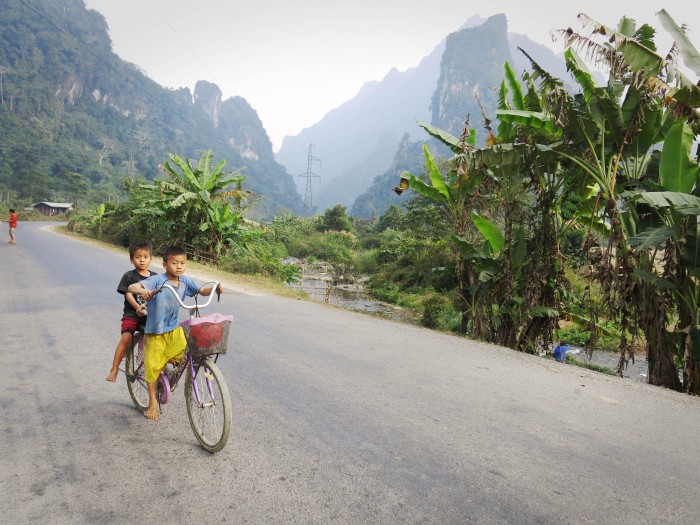
Halfway through the trek we found a path that led straight up-and-out of the forest. After 20 minutes of near vertical hiking we saw in the distance a small village with houses made of wood, bamboo and thatch. We made our way down a path, greeted by pigs, cows and chickens, as we passed through a small gate to enter the village. We proceeded in a respectful manner and passed by children playing and elders sitting. We smiled, made eye contact and took photographs of as many villagers as would permit us.
In the days that followed, we took several more day trips to the villages near Vang Vieng to photograph the locals. It occurred to us that conscious, thoughtful consideration is required of any traveler with a camera who focuses on people as their subject. We tried our best to practice mindful photography, capturing only the images that felt would communicate a message—not only to us, but to the individuals within the frame.

We have debated the role of the camera throughout the last seven months of our journey, and our varying views are expressed below.
Erick:
I have grown more comfortable when it comes to photographing people, though this wasn’t always the case.
I taught myself photography on a medium-format Hasselblad film —a device that was painstaking to load and process, and demanded that light and composition be perfect, every time. With this camera, it made little sense to experiment with street photography, and I was too uncertain of myself to practice portraiture. With the advent of digital technology, I adapted and took a keen interest in people, inspired by photographers such as Robert Frank, Harry Callahan and Lee Friedlander.
Photographing adults isn’t always easy. But most of the time if you ask, you will receive permission, and sometimes they will open up, showing you beautiful eyes, weathered cheeks and heart-felt smiles. Children are a bit easier, and those who aren’t shy come right into the frame and smile brightly. If you show them the LCD screen with their photo, they are usually elated and will hop back in the frame for more.
Often, the camera lens establishes a more dynamic connection when shooting people, as opposed to a static object such as a tree or mountain. While light and composition are the most important things when shooting these subjects, opening another human being’s heart and mind to your lens can be a vastly different, and arguably more inspiring experience.
Janice:
I am much more comfortable in the realms of nature and animal spirits. Drawing on influences from Ansel Adams, I am inspired to capture light and that perfect moment when the sun is shining on a beautiful landscape—there is a majestic quality that works like a vessel to other dimensions. I tend to be more hesitant when it comes to photographing people that I do not know, and often find myself asking questions and putting myself in their shoes:
You’re a tourist who came to my country for a few weeks, and are now putting a camera in my face, just so you can post photos to Facebook? You’re riding around on your rented motorbike that you paid more money for than I make in a month. Here I am, coming out of the jungle hauling a bunch of root vegetables on my back so that I can feed myself and my family. I’m sweaty, and covered in dirt.
Why does someone find this so interesting? It’s this thing in me that makes me feel as though I would have to get to know the person and gain their trust before taking their photograph, unless they asked me to. I am not opposed to capturing the beautiful faces of the people of Laos or any country, I just never want to feel as though I am invading anyone’s personal space. It can sometimes feel like an awkward moment.
Ultimately, we connected with the Laos’ peoples warmness, and sense of being untouched by modernity in many regards.
Unlike neighboring Thailand to the west and Vietnam to the east, Laos’ culture has yet to be altered by the steamrolling effects of globalization and gentrification. As a result, many places feel like they’re set back in time, perhaps a hundred years or more.
Despite the poverty, the people seem happy to live in a land that is lush with beautiful green mountains and rivers. They appear to be grateful for what they have, and content with their lot.
They also seem genuinely interested in connecting with outsiders, and to this end, photography was a way for both of us to connect with the local Laos people. However, the debate should continue, and people should ask themselves why are they taking photographs of native people while traveling. Is it purely for selfish reasons, to show our friends that we’re traveling? Or do we genuinely want to connect and give, as well as take from other cultures?
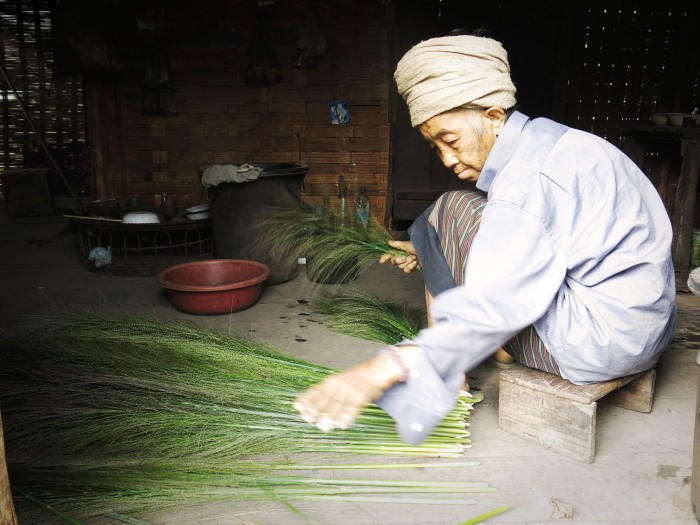
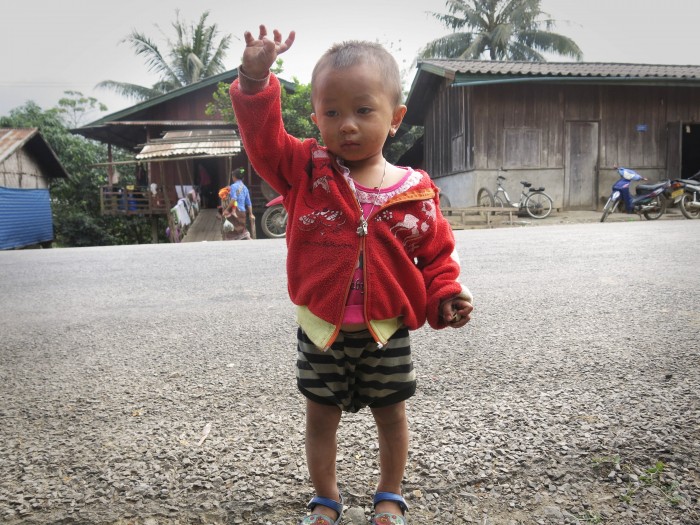
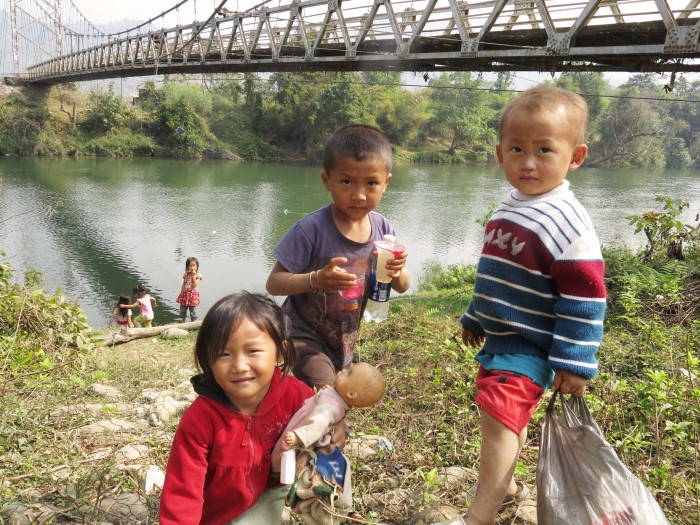
Becoming a photographer is no longer an obscure art form or inaccessible medium. But becoming a mindful photographer, who thinks consciously about his or her human subject, may be one that still requires our consideration.
Love elephant and want to go steady?
Sign up for our (curated) daily and weekly newsletters!
Assistant Editor: Tifany Lee/Editor: Bryonie Wise
Photo: The Independents


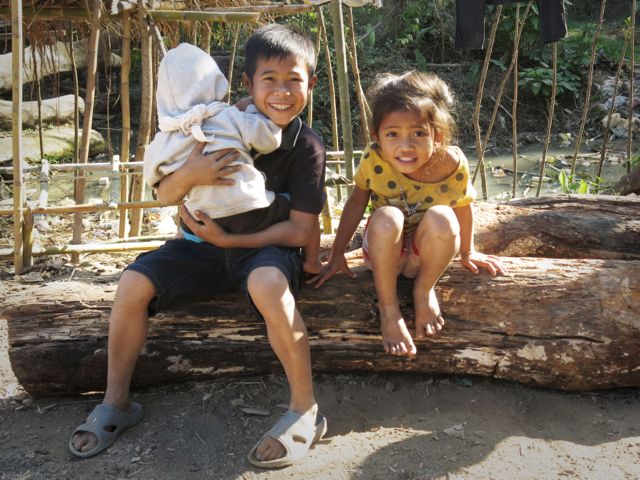
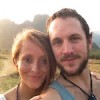



Read 3 comments and reply